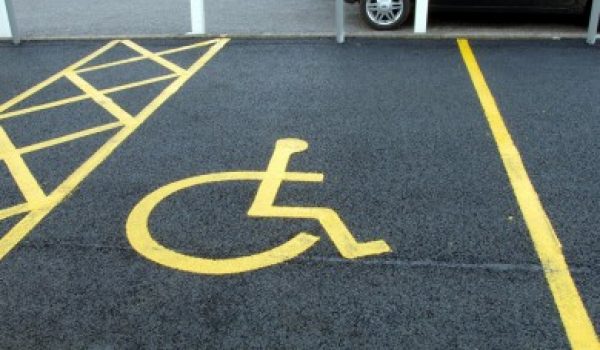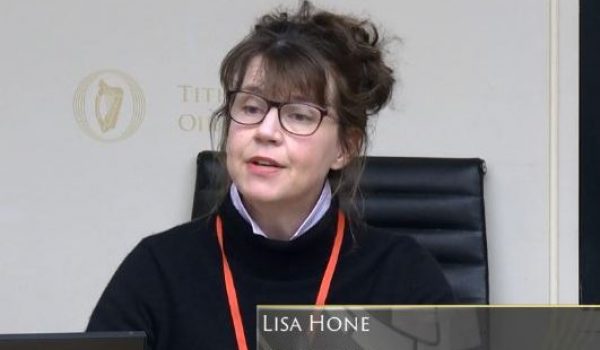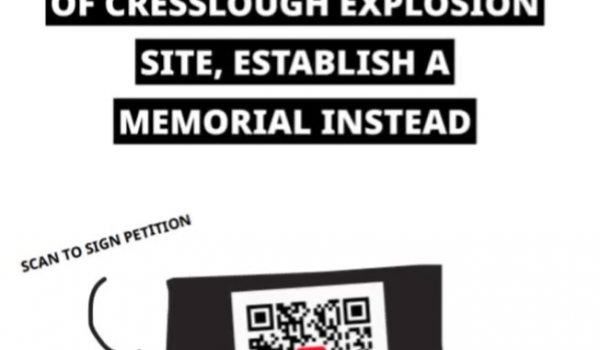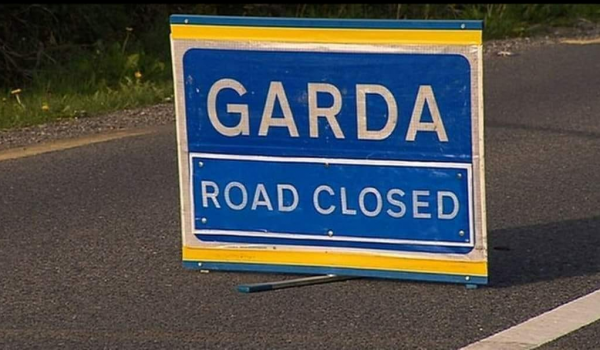 The President of Ireland today visited the the Colgan Hall in Carndonagh to share in the 100th anniversary celebrations of the building
The President of Ireland today visited the the Colgan Hall in Carndonagh to share in the 100th anniversary celebrations of the building
Locals have worked tirelessly to refurbish and upgrade the hall, which is seen as an invaluable resource for the local community.
In an address to a large crowd gathered in the hall today the President said:
May I thank Colgan Heritage committee and its dedicated Chairperson, Mrs Letitia Doherty, for the invitation to come here today, and all of you for your warm welcome. It is an honour to have been asked to unveil a commemorative plaque marking the centenary of an important site of Carndonagh’s community life.
Buildings are not mere functional structures, made out of stone, brick, mortar, timber and plaster – structures erected to provide for our particular needs for shelter, work, worship or entertainment.
Buildings, in particular those described as architecture, are much more than that: they are about ideas, they are a statement about the beliefs and aspirations of the people who commission, design and use them.
So it is useful to take a step back in imagination and consider: what were the major issues that exercised our forebearers a hundred years ago? What were their hopes and concerns? Why did William Doherty – a young, 27-year old Derry architect for whom this parish hall was his first commission – design it as he did?
The years leading up to 1914 were, as you know, a period of huge expectation and turbulence in Ireland, with the awakening of the modern Irish national consciousness going together with a rediscovery – some would say a “reinvention” – of Ireland’s distinctive history and cultural traditions.
This Celtic Revival, as it is commonly called, was the key influence behind the design of Colgan Hall. This is reflected in the Hall’s Hiberno-Romanesque external details, inspired, it seems, by the great monastery of Clonmacnoise and the magnificent 8th century Donagh Cross, with its interlacing patterns, here in Carndonagh. The similarly decorated St. Mura’s cross slab at Fahan, also on the Inishowen peninsula, is another possible reference. This is suggested by art historian Françoise Henry, who pointed out that John Colgan, although born in Carndonagh, spent some of his youth at Fahan. Henry, Françoise. 1963. L’Art Irlandais 1. La Pierre-qui-Vire, Yonne: Zodiaque. p.163.
Colgan Hall thus invites us to reflect on the ways in which successive generations, in different eras, relate with the past. It was, as I have just said, a certain vision of Ireland’s ancient traditions and of the role this distinctive cultural heritage should play in the future of the nation that galvanised the architects of the Celtic Revival.
Similarly, all of you who are involved with Colgan Community and Resource Centre Committee or with the Heritage Subcommittee, are people who recognise the value and the relevance of the past to our lives together.
When this Hall fell into disrepair, there were the inevitable voices that suggested that it should be demolished and replaced with a new, more readily functional facility. This might well have been the easier option. But in what was, I believe, a real commitment not only to the past but also to the future, you decided otherwise. You resolved not to let the construction you inherited from previous generations, with the wealth of memories and stories embedded in it, go to waste.
John Colgan himself, of course, was a man who was animated by, as he put it about a fellow chronicler of Irish Ecclesiastical history, “a very thirst after the antiquities of his country.”
Born in a learned Irish family, he understood that his era was witnessing the end of the old Gaelic order, and, after leaving Ireland in 1612 and entering the Franciscan Order in St. Anthony’s College, Louvain, he resolved to dedicate his life to compiling “The lives of the Irish Saints”.
As most of you here are well aware, it is John Colgan who is reputed to have given the name of “Four Masters” to Mícheál Ó Cléirigh and his three associates who compiled the famous “Annals of the Kingdom of Ireland”, one of the principle Irish-language sources for Irish history up to 1616, the year of the death of Hugh O’Neill.
John Colgan shared with those men a conviction that the recording of Ireland’s history was fundamental to exerting its right to exist and to be described as “civilised”.
John Colgan was an Irish European, in the best sense, gathering and sharing valuable components of an archive time and ill-health would not allow himself the opportunity to fully analyse.
I need not explain to this particular audience the importance of the work carried out by the 17th century Irish chroniclers. The diligence with which they collected, copied, transcribed, and annotated ancient documents is one that is not alien, I suggest, to the care and enthusiasm applied by our contemporary local historians to their own chronicling of the history of their locality.
I want to avail of this occasion to salute in particular the work conducted by all those who are associated with Colgan Heritage Committee, including Sean Beattie, our MC today, who gave a very informative lecture about Colgan Hall earlier this year, which I have had access to in preparing my own words today. I am grateful to him.
At a more general level, I wish to acknowledge the research carried out by so many vibrant local historical societies and grassroots associations across Ireland, and the valuable resource it provides in the context of our decade of centenaries.
Finally, let me congratulate all those involved in raising the funds necessary to refurbish Colgan Hall and transform it into the fully functioning Community and Resource Centre we see today. I know that this was not an easy endeavour and that despite the LEADER funding you secured, a substantial local contribution had to be garnered, requiring your Committee to take out a bank loan.
Of course, gathering funds for a social or cultural enterprise was never a simple matter, and it is an issue which John Colgan himself, for all the spiritual nature of his project, had to face. Indeed it is said that the Convent in Louvain being too poor to fund “The lives of the Irish Saints”, it was decided to dispatch a monk to Ireland with a document signed by five of the Louvain Franciscans, including John Colgan. As a result of this fundraising mission to Ireland, “three pounds and half the money in hand” were sent from each Irish Friary, enabling Colgan to publish, in 1645, a volume of his Acta Sanctorum hiberniae containing the lives of those Saints whose feast days occur in January, February and March. Unfortunately, due to shortage of money, the volume comprising those lives commemorated in April, May and June was never published…
Similarly, Mr Beattie’s lecture informs us, fundraising was undertaken on a very large scale to allow for the construction of Colgan Hall in the second decade of the twentieth century. Local volunteers helped quarry the stone; anyone who had a horse and cart was mobilised; and representatives from each town land and street were responsible for collection in their own areas – a task they performed with so much zeal as to prompt one parishioner to remark: “They’d lift hens off the streets to make money for the hall!”
Indeed raising money for a project that would not be seen for twenty years required a particular strength of purpose. But it was done, and Colgan Hall was built and has served Carndonagh very well over the last hundred years – as parish hall, as school, and now as community centre.
During the past century, the people of the area and beyond have enjoyed plays, movies, concerts, operettas, recitals, feiseanna, and fancy dress parades in this community space. May Colgan Hall continue, for many decades, to be the site of those public encounters that contribute to sustain a robust and fulfilling sense of community.
- Tue, 23 Apr 2024
- (+353) 07491 25000
- (+353) 086 60 25000






